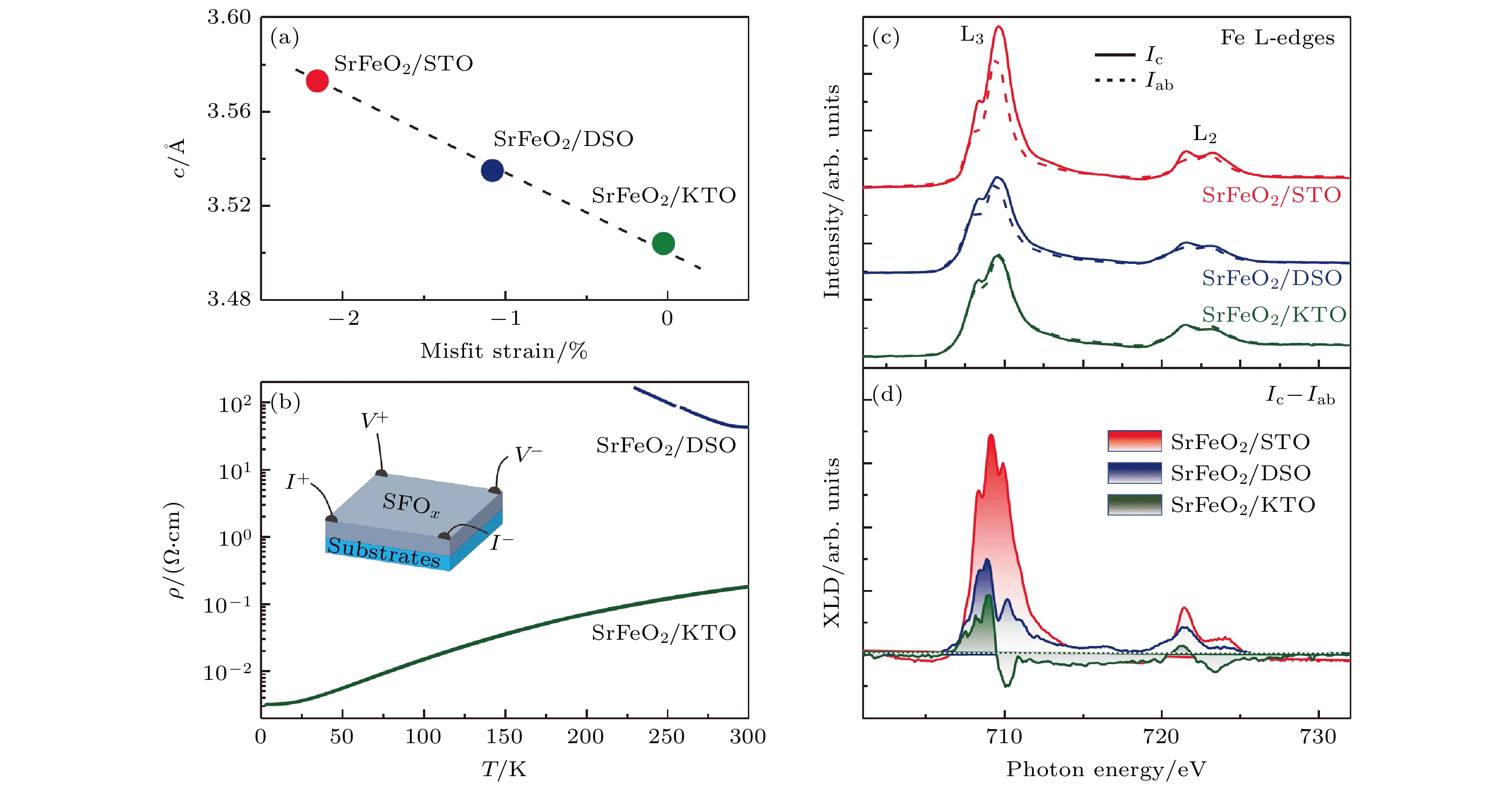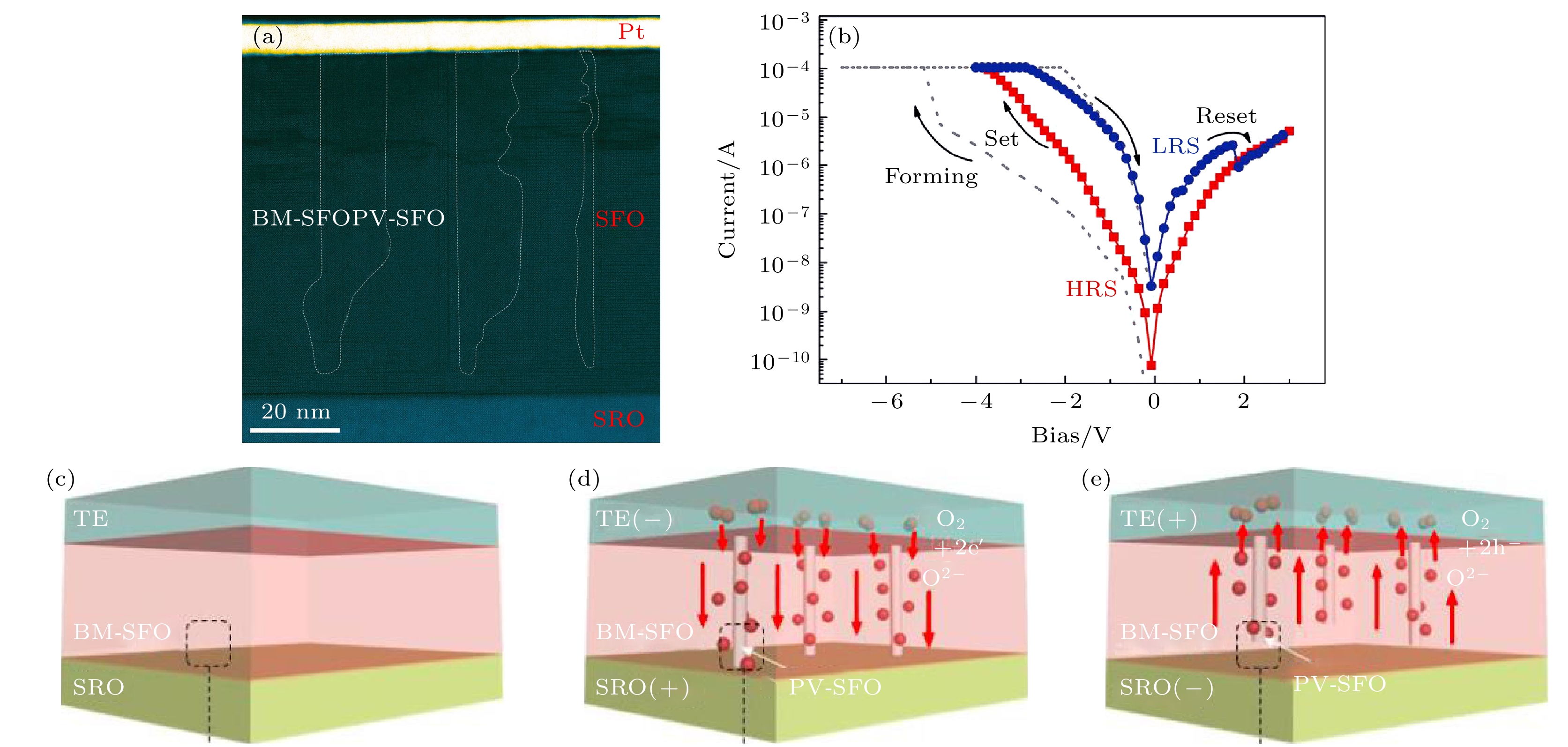Perovskite transition-metal oxides can undergo significant structural topological phase transition between perovskite structure, brownmillerite structure, and infinite-layer structure under the external field through the gain and loss of the oxygen ions, accompanied with significant changes in physical properties such as transportation, magnetism, and optics. Topotactic phase transformation allows structural transition without losing the crystalline symmetry of the parental phase and provides an effective platform for utilizing the redox reaction and oxygen diffusion within transition metal oxides, and establishing great potential applications in solid oxide fuel cells, oxygen sensors, catalysis, intelligent optical windows, and neuromorphic devices. In this work, we review the recent research progress of manipulating the topological phase transition of the perovskite-type oxide films and regulating their physical properties, mainly focusing on tuning the novel physical properties of these typical films through strong interaction between the lattice and electronic degrees of freedom by the action of external fields such as strain, electric field, optical field, and temperature field. For example, a giant photoinduced structure distortion in SrCoO
2.5thin film excited by photons is observed to be higher than any previously reported results in the other transition metal oxide films. The SrFeO
2films undergo an insulator-to-metal transition when the strain state changes from compressive state to tensile state. It is directly observed that perovskite SrFeO
3nanofilament is formed under the action of electric field and extends almost through the brownmillerite SrFeO
2.5matrix in the ON state and is ruptured in the OFF state, unambiguously revealing a filamentary resistance switching mechanism. Utilizing
in situelectrical scanning transmission electron microscopy, the transformation from brownmillerite SrFeO
2.5to infinite-layer SrFeO
2under electric field can be directly visualized with atomic resolution. We also clarify the relationship between the microscopic coupling mechanism and the macroscopic quantum properties of charges, lattices, orbits, spin, etc. Relevant research is expected to provide a platform for new materials, new approaches and new ideas for developing high-sensitivity and weak-field response electronic devices based on functional oxides. These findings about the topological phase transition in perovskite oxide films can expand the research scope of material science, and have important significance in exploring new states of matters and studying quantum critical phenomena.














 下载:
下载:



